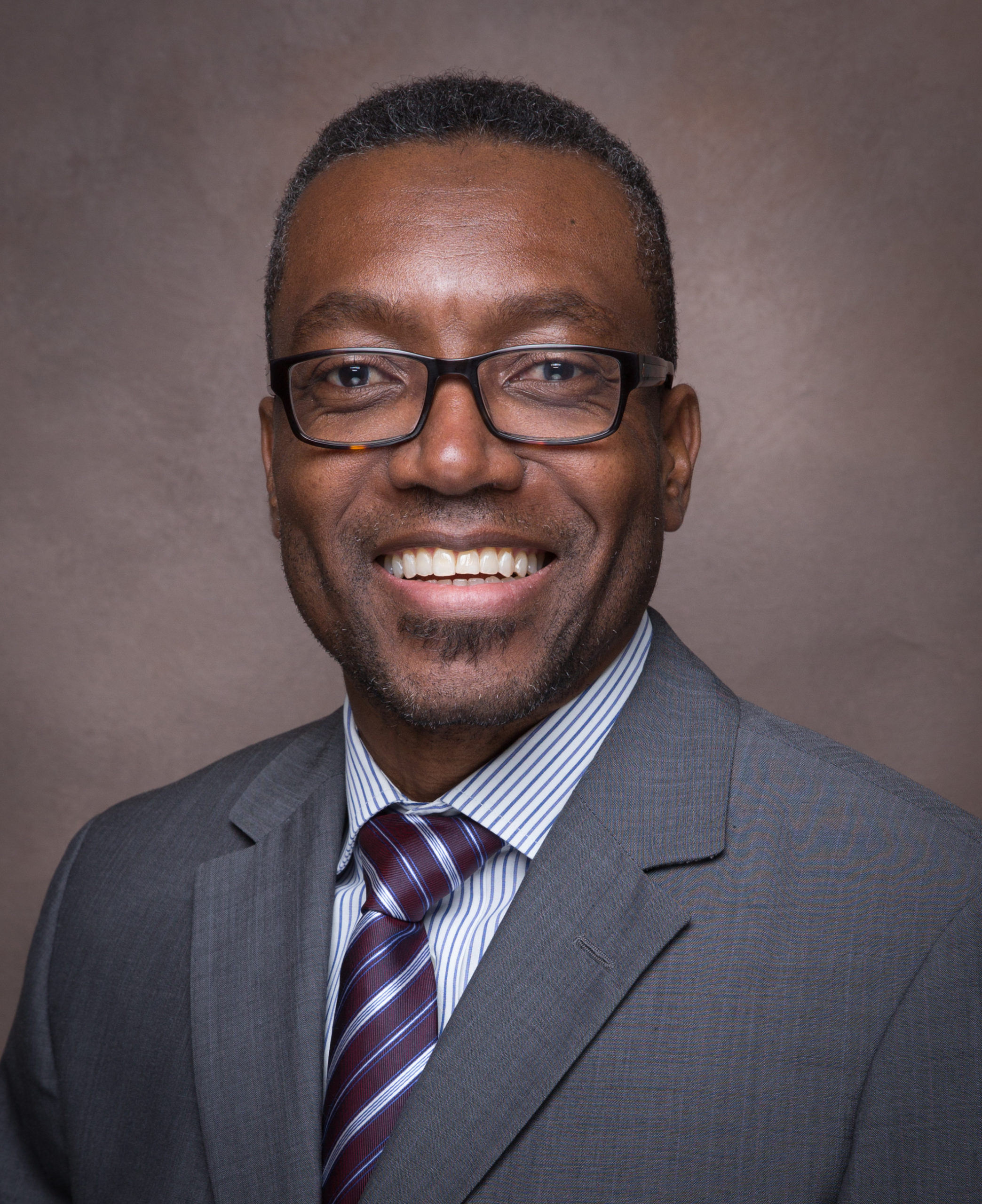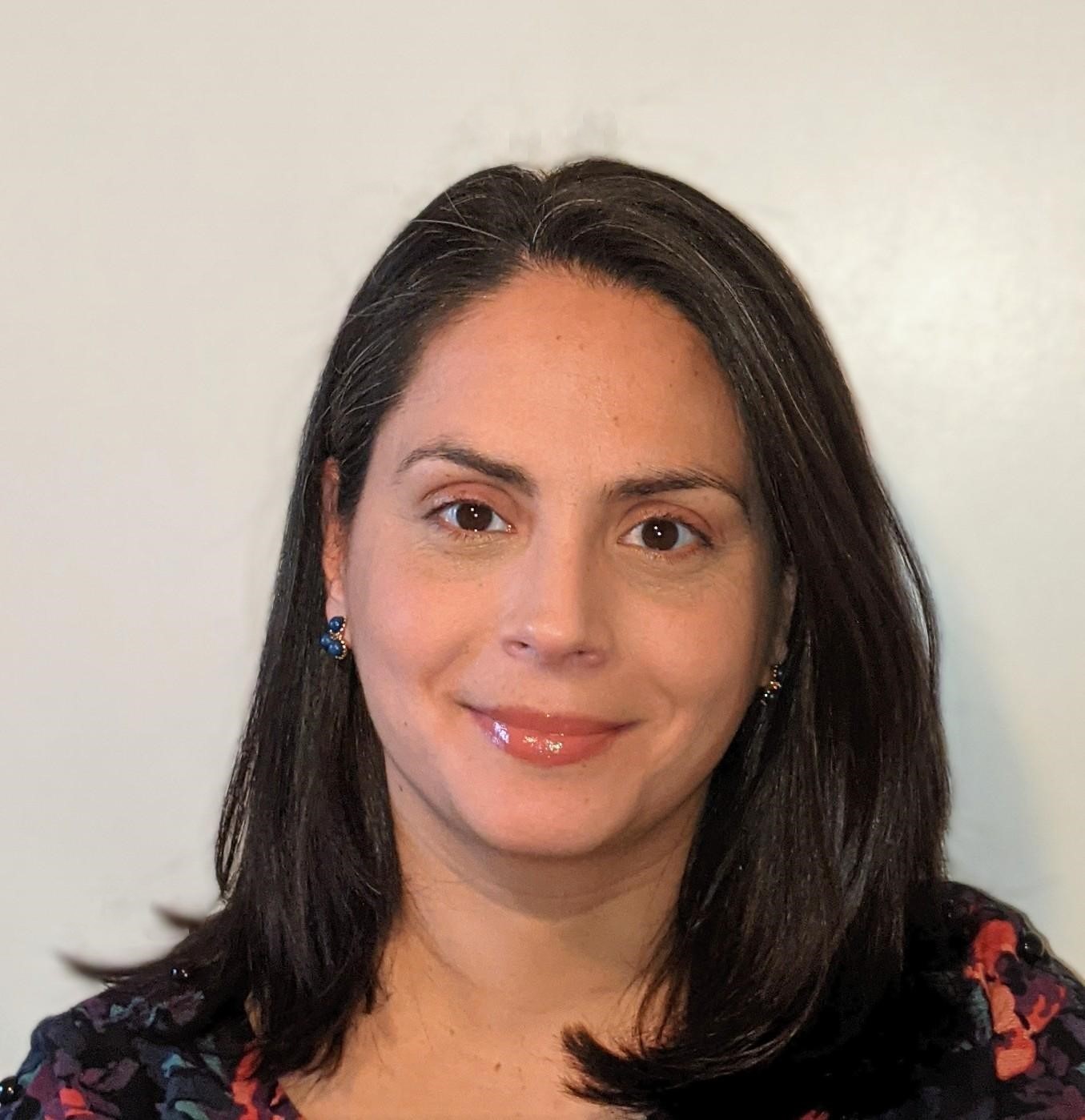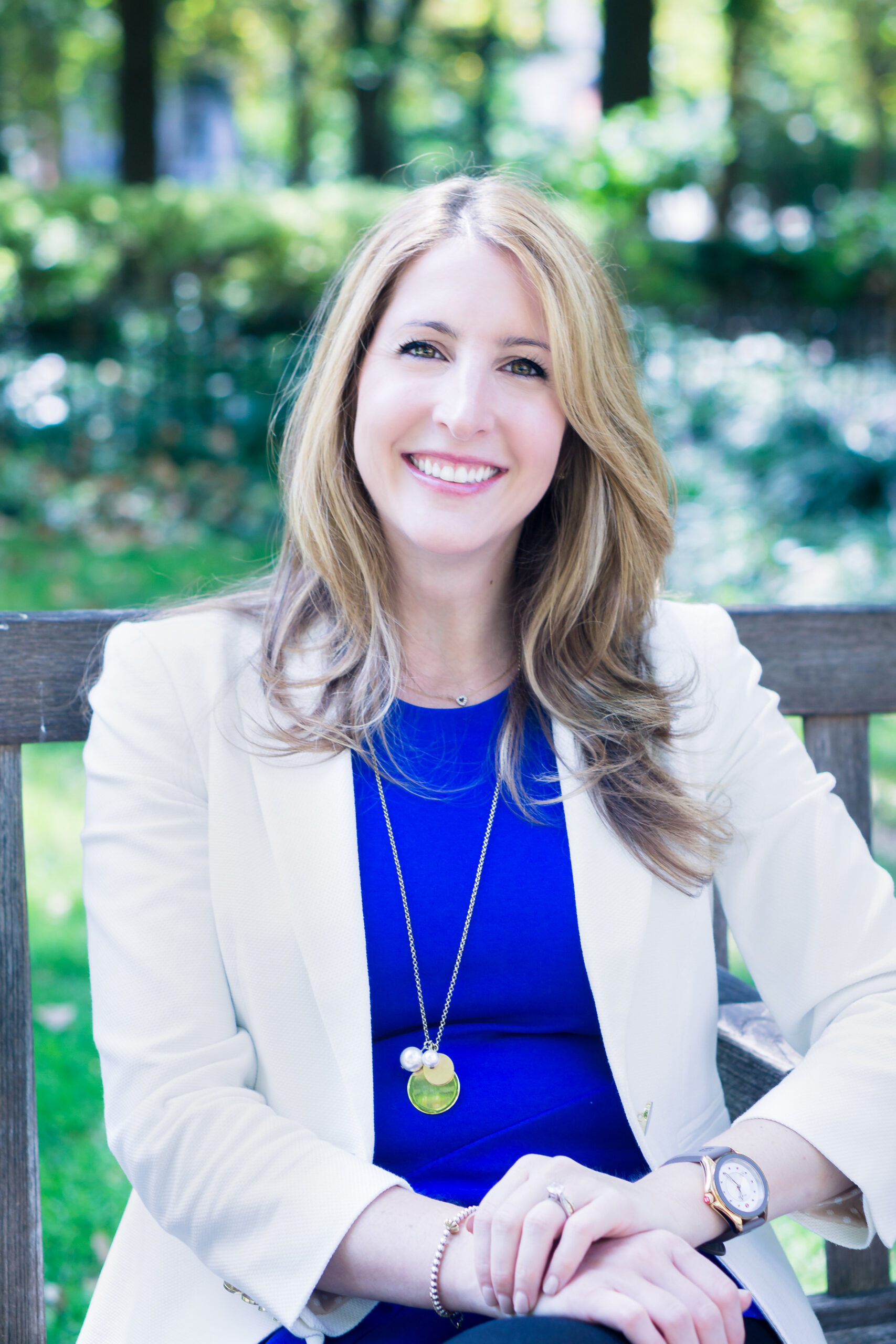Get Involved

 Become a Thought Partner
Become a Thought Partner
Partner with us to produce thought leadership that moves the needle on behavioral healthcare.
 Other options to get involved
Other options to get involved

Thank you!
We received your information and will be in contact soon!
Get Involved

 Grantmaking
Grantmaking
We fund organizations and projects which disrupt our current behavioral health space and create impact at the individual, organizational, and societal levels.
 Participatory Funds
Participatory Funds
Our participatory funds alter traditional grantmaking by shifting power
to impacted communities to direct resources and make funding decisions.
 Special Grant Programs
Special Grant Programs
We build public and private partnerships to administer grant dollars toward targeted programs.
 Program Related Investments
Program Related Investments
We provide funds at below-market interest rates that can be particularly useful to start, grow, or sustain a program, or when results cannot be achieved with grant dollars alone.
Get Involved

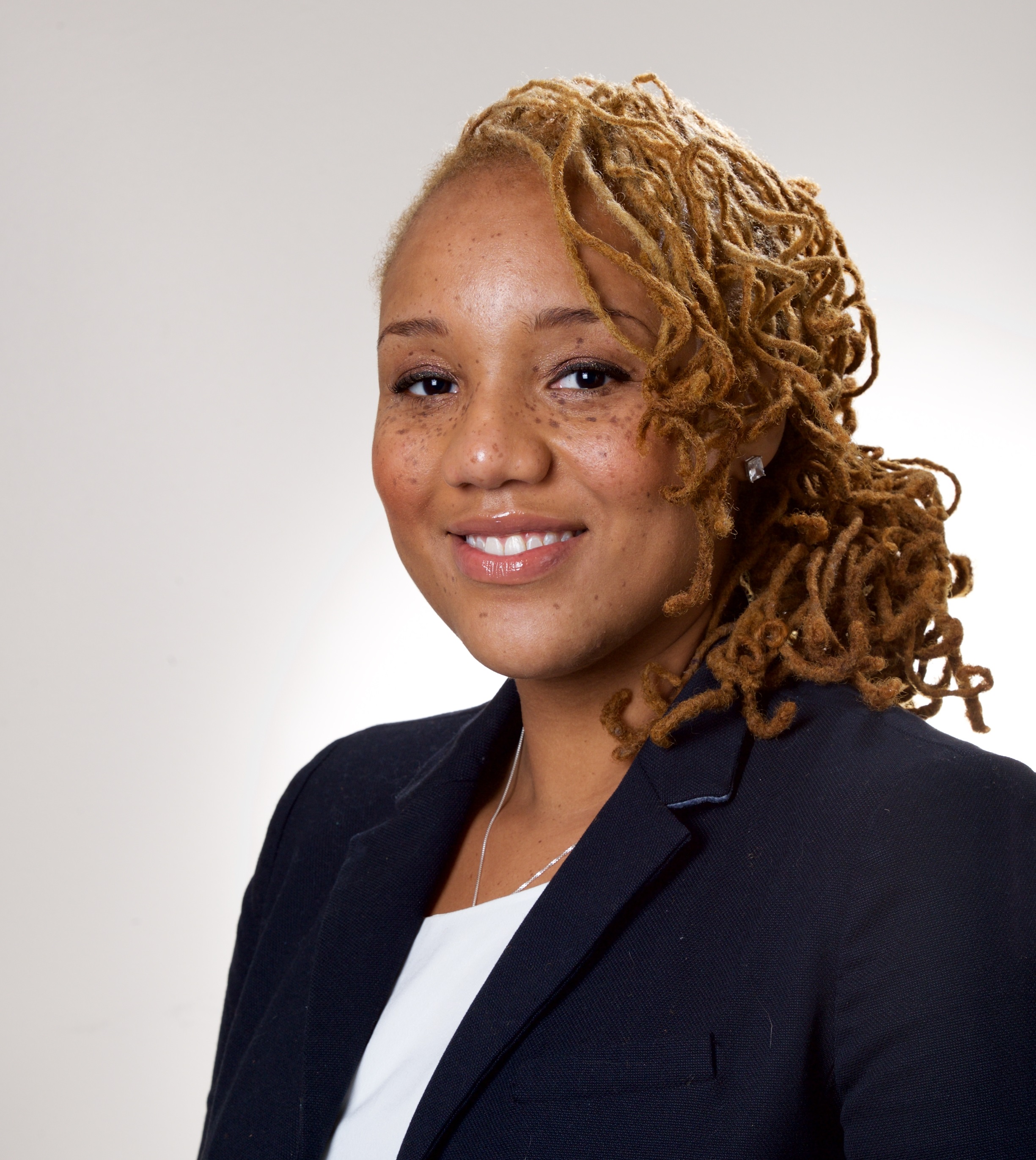 Tia Burroughs Clayton, MSS
Tia Burroughs Clayton, MSS
Learning and Community Impact Consultant
Add some text here
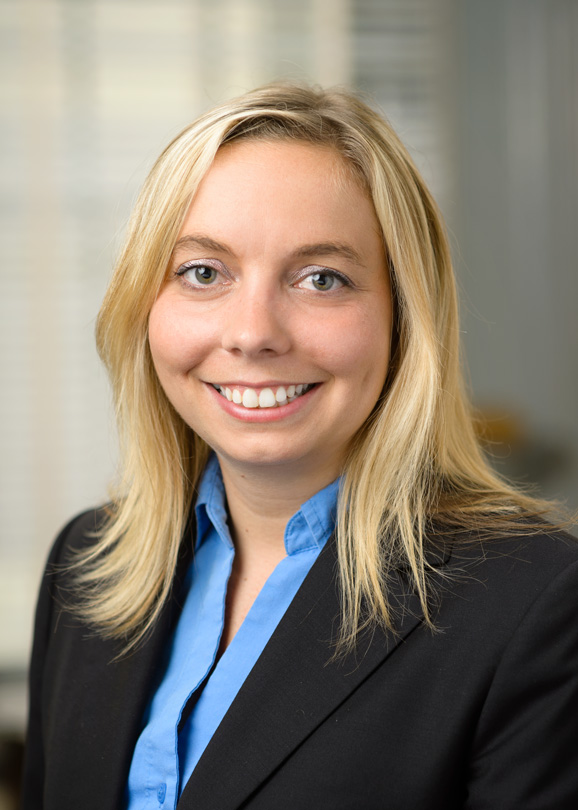 Alyson Ferguson, MPH
Alyson Ferguson, MPH
Chief Operating Officer
Contact Alyson about grantmaking, program related investments, and the paper series.
 Samantha Matlin, PhD
Samantha Matlin, PhD
Senior Learning & Community Impact Consultant
Contact Samantha about program planning and evaluation consulting services.
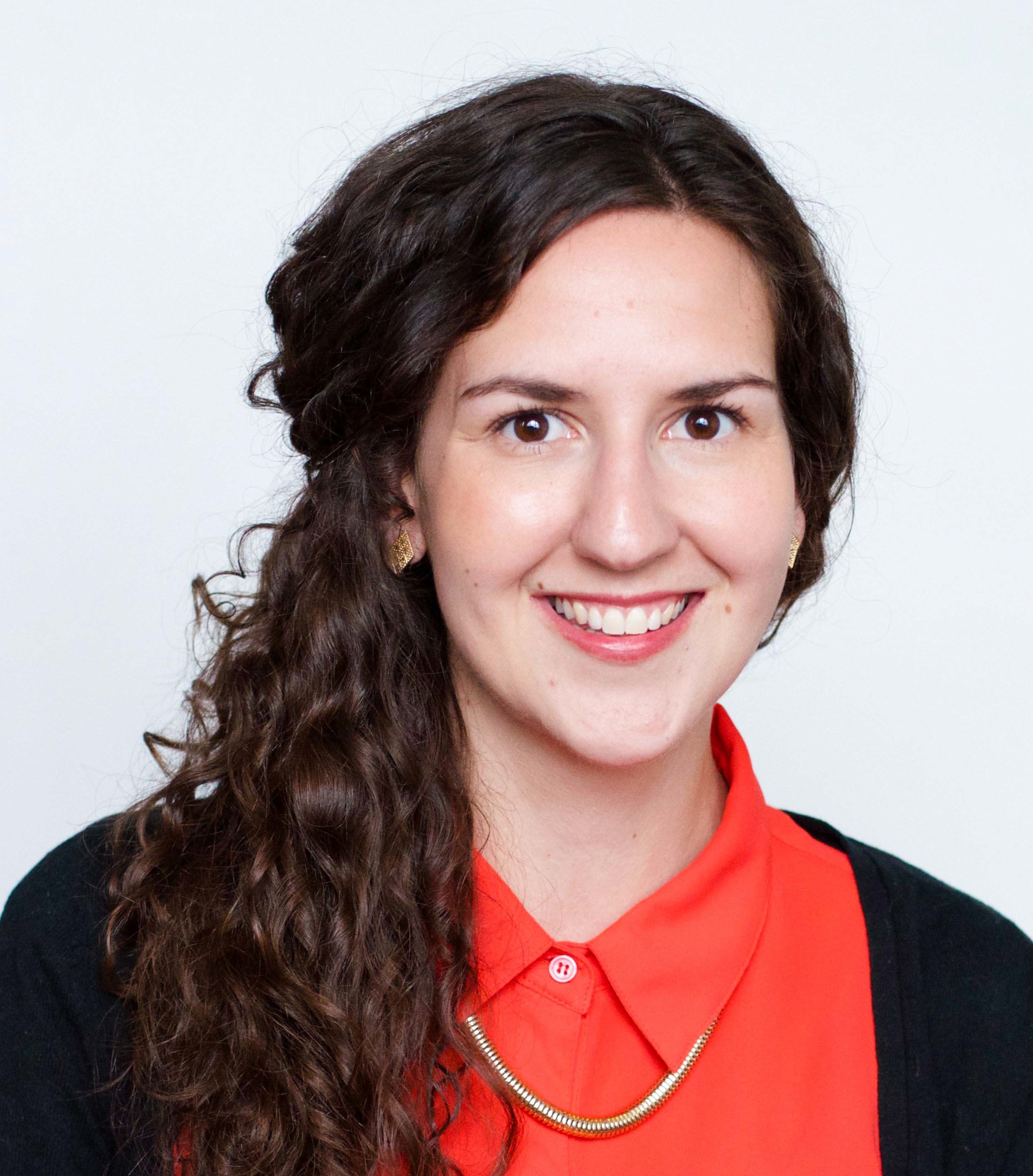 Caitlin O'Brien, MPH
Caitlin O'Brien, MPH
Director of Learning & Community Impact
Contact Caitlin about the Community Fund for Immigrant Wellness, the Annual Innovation Award, and trauma-informed programming.
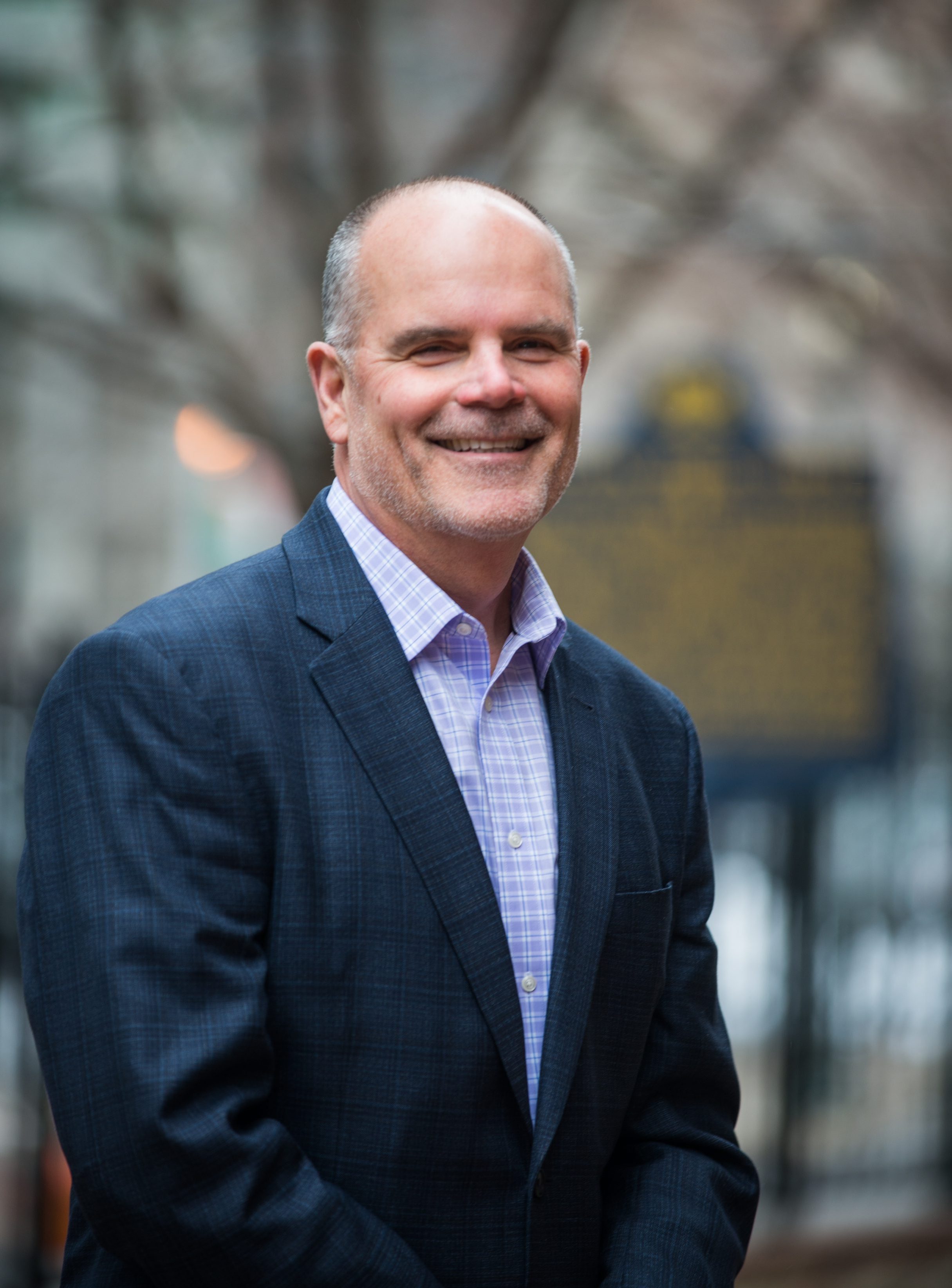 Joe Pyle, MA
Joe Pyle, MA
President
Contact Joe about partnership opportunities, thought leadership, and the Foundation’s property.
 Bridget Talone, MFA
Bridget Talone, MFA
Grants Manager for Learning and Community Impact
Add some text here
Chasing Hope Foundation
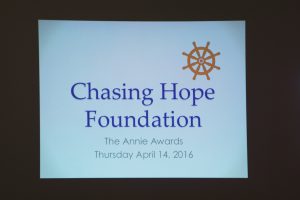
Program Website
Year:
2017State:
IllinoisWinner Status:
ApplicantProgram Type:
Policy and Systems ChangeTarget Population:
Children and AdolescentsSetting:
School/CollegeProgram Description
To establish a community-directed and school district-based therapeutic residence for children living with behavioral health challenges. Typically when a child with profound behavioral challenges requires a residential environment in which to thrive, it means that a child needs to withdraw from the school in which they enjoy solid relationships with peers, staff and teachers, and relocate to a therapeutic boarding school. More often than not, this boarding school is located out-of-state, causing additional financial burdens for families in visit-related costs. This directly removes money from the local economy, charitable giving and personal savings. School districts usually pay for this academic placement, which can average $150,000 per year. For a school district that has several students with this level of need, the annually investment in boarding schools exceeds $1,000,000. Additionally, when a child is removed from the community they call home, their social network is compromised. The same can be said for any career building opportunities, including apprenticeships, internships and volunteering, all of which increase the likelihood of post-high school graduation paid employment. Having an attractive local option not only allows families to stay closer together, school districts can realize a savings of roughly $50,000 per student, per year.
Creativity
At this time, we know of no other school district is the United States that offers this local alternative. As such, the residence we are pursuing would be the inaugural one. With a scalable model for other districts to emulate, school districts throughout the country would be able to replicate our model in their own neighborhoods. Additionally, we seek to save taxpayer dollars by reducing the investment school districts make in these students. Rather than sending an average of $150,000 to an out-of-district boarding school, districts can support these same students in the communities they have called home. The residence would take care of the area of greatest need for families and school districts alike, that of supporting students who require 24/7 supervision, structure and support. Students living in this residence would continue to receive their education at a local day school placement the respective IEP teams decide is best.
Leadership
Our founder and executive director has been active within the mental health space for over a decade. She has been recognized by her peers as a leader in legislative advocacy for children’s mental health and special education. She is the author of Chasing Hope: Your Compass for a New Normal. On a local, state and national scale, our founder reaches out to peers throughout the mental health space at conferences, workshops, symposia and other opportunities for sharing and education. Some examples of this activity are attending Rosalyn Carter’s Mental Health Symposium, the Kennedy Forum, One Mind for Research and the Illinois Mental Health Summit. By engaging stakeholders in the early stages of our work, our founder grows those relationships to leverage additional support. Chambers of Commerce, state legislators, private sector equity groups, houses of faith and superintendents of schools are familiar with us due to the work of our founder.
Sustainability
The beauty of a Chasing Hope House is that once it is up and running, the revenue generated is immediate. Since the school district is the course of funding, the school district will simply pay for the student to board locally, instead of living at a therapeutic boarding school. The costs associated with operating a Chasing Hope House for one year are projected to be $250,000 for a maximum of four students. The monthly payment from the district becomes self-sustaining. Securing a financial partner to support the early stages of setting up the house is crucial. We have worked with Chicago-based CapGrow Partners about having them purchase the home on our behalf, holding title, and becoming their lessee. This avoids the need for us to raise the full amount of the house, or taking on a mortgage. CapGrow Partners has a national presence and is open to expanding our vision.
Replicability
In designing the model for a Chasing Hope House, there are key factors which any community can implement locally. First, it is important to establish a relationship with each of the school districts in the area. Typically, each district has a Director of Student Services who will represent the school district in any IEP placement. Since the school district is the source of funding, this should be the first conversation. Second, reaching out to the local Chamber of Commerce is crucial to build a base of support. Small business owners understand the value of local dollars staying within the community. They know that every dollar spent outside their zip code is a dollar lost. With families no longer investing on visit-related travel, they will have greater amounts to spend in town. Also, local employers can be a source of employment for the students living in the Chasing Hope House.
Results/Outcomes
The outcomes of this innovation are clear and easily measurable. First, every dollar a school district saves will be evident on a monthly basis. The amount of money previously sent to an out-of-state boarding school will be sent to a Chasing Hope House and a local academic placement, in an aggregate lesser amount. An average of $50,000 annual, per student, is the projected savings. This would reflect an average of $4,100 per month in savings to each school district. Second, students who board locally will be able to participate in career-readiness activities they could not if they were not living in the community. Not only would work skills be enhanced and income earned, but a relationship with an employer provides a possible paid position following high school graduation. Data on employment of students living in a Chasing Hope would be kept on a monthly basis. Families are stronger when together.







